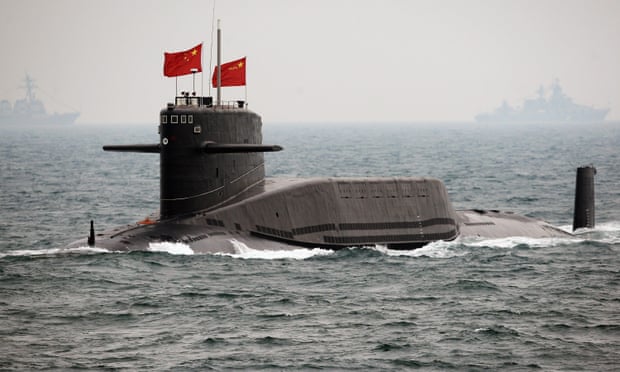May 29, 2016
Stephen Cohen on studying India and Pakistan, and on the need for regional power cooperation in Afghanistan
The South Asia Papers collects a lifetime of work and ideas.
It roughly follows the trajectory of my career. I began as a historian and scholar working on military sociology, interested in caste in the Indian Army. Later my interests shifted, and my articles reflect that. I looked at how the Indian Army faced outward, that is foreign and strategic policy in general. In 1978 I co-authored a book, India: Emerging Power, which was my first major piece on Indian foreign policy. There were several diversions, including a year in Tokyo, when I couldn’t get an Indian visa. In Tokyo I spent a lot of time with their China experts, and got a different perspective on India, as seen from both Japan and China. The Japanese often asked me: ‘Why are you bothering with India? It is not important.’ The Chinese had pretty much the same view.






